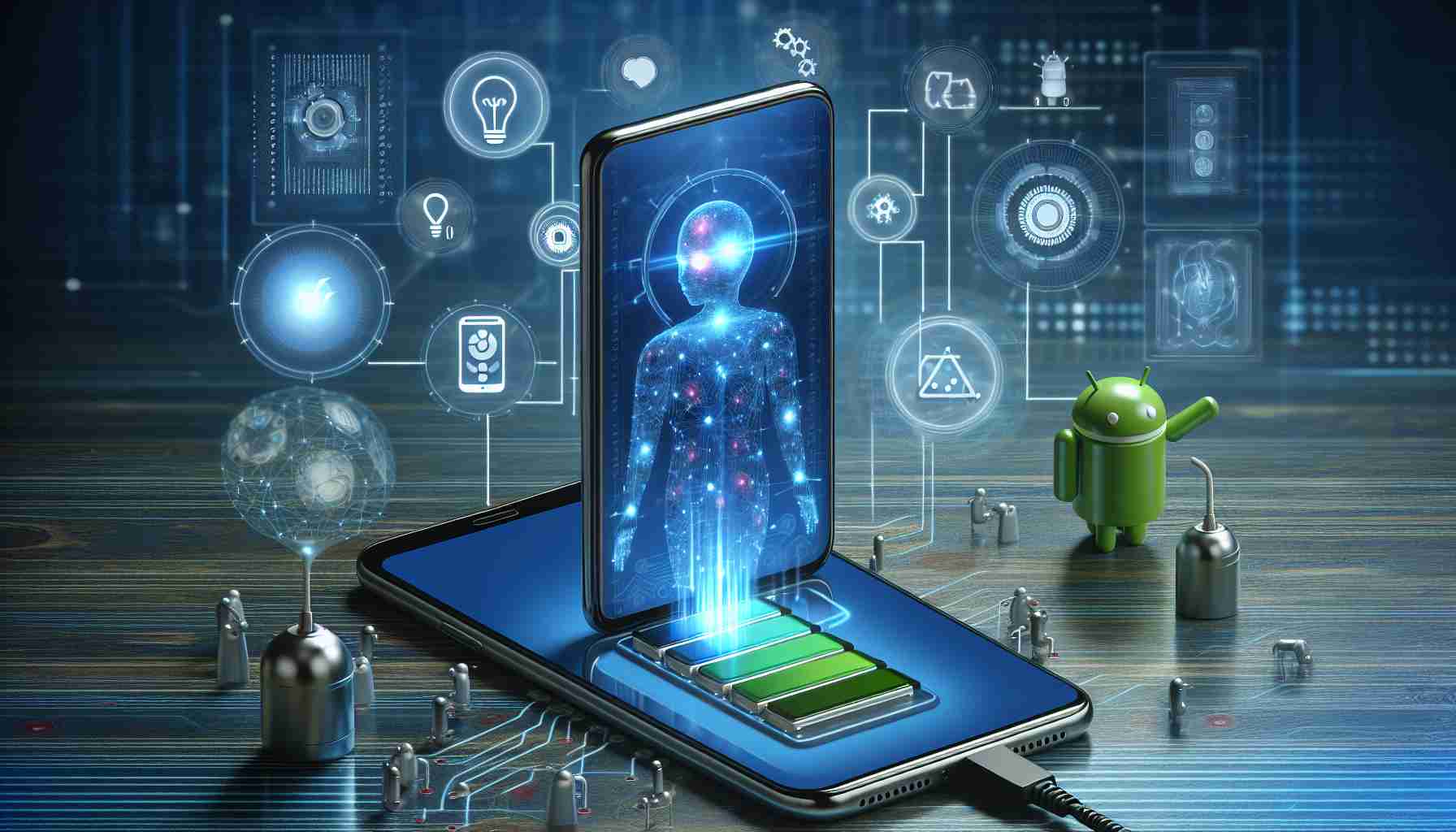SK Telecom announced today that in collaboration with MediaTek, a global manufacturer of application processors, and Nota AI, a start-up specializing in lightweight artificial intelligence, they have developed a technology for energy saving in smartphones using embedded artificial intelligence.
In short, the device performs data transmission and reception, remaining connected to the base station for a certain designated period of time after completing this operation. This results in significant energy consumption.
SKT, MediaTek, and Nota have developed a technology based on embedded artificial intelligence in the device, allowing real-time prediction of whether data transmission will occur within a specific time period. Based on this prediction, the device controls the optimal connection state between itself and the base station. If the prediction indicates that data is likely, it maintains the connection with the base station. On the other hand, if the prediction indicates that data is unlikely, it disconnects from the base station to avoid unnecessary energy consumption.
The three companies focused on selecting an optimal artificial intelligence model and optimizing it using techniques such as quantization and pruning, to enable low latency and low energy consumption on smartphones. Then, the lightweight artificial intelligence model was applied to a real smartphone modem to verify its real-time operation and achieve a level of prediction accuracy that translates into energy savings in smartphones.
FAQ:
1. How did SK Telecom, MediaTek, and Nota AI develop the technology for energy saving in smartphones?
– The three companies developed technology based on embedded artificial intelligence, which allows real-time prediction of data transmission. Based on this, the device controls the optimal connection state to reduce energy consumption.
2. How does this technology work?
– If the prediction indicates that data is likely, the device maintains the connection with the base station. If the prediction indicates that data is unlikely, the device disconnects from the base station to avoid unnecessary energy consumption.
3. What techniques were used in the development of this technology?
– The companies focused on selecting an optimal artificial intelligence model and using techniques such as quantization and pruning to enable low latency and low energy consumption.
Definitions:
– Artificial intelligence (AI) – a field of computer science that deals with creating computer systems and programs that exhibit characteristics attributed to human thinking and intelligence.
– Data transmission – the process of transmitting information from one device to another, such as sending data from mobile devices to base stations.
Suggested related links:
– SK Telecom – official SK Telecom website.
– MediaTek – official MediaTek website.
– Nota AI – official Nota AI website.
The source of the article is from the blog revistatenerife.com
